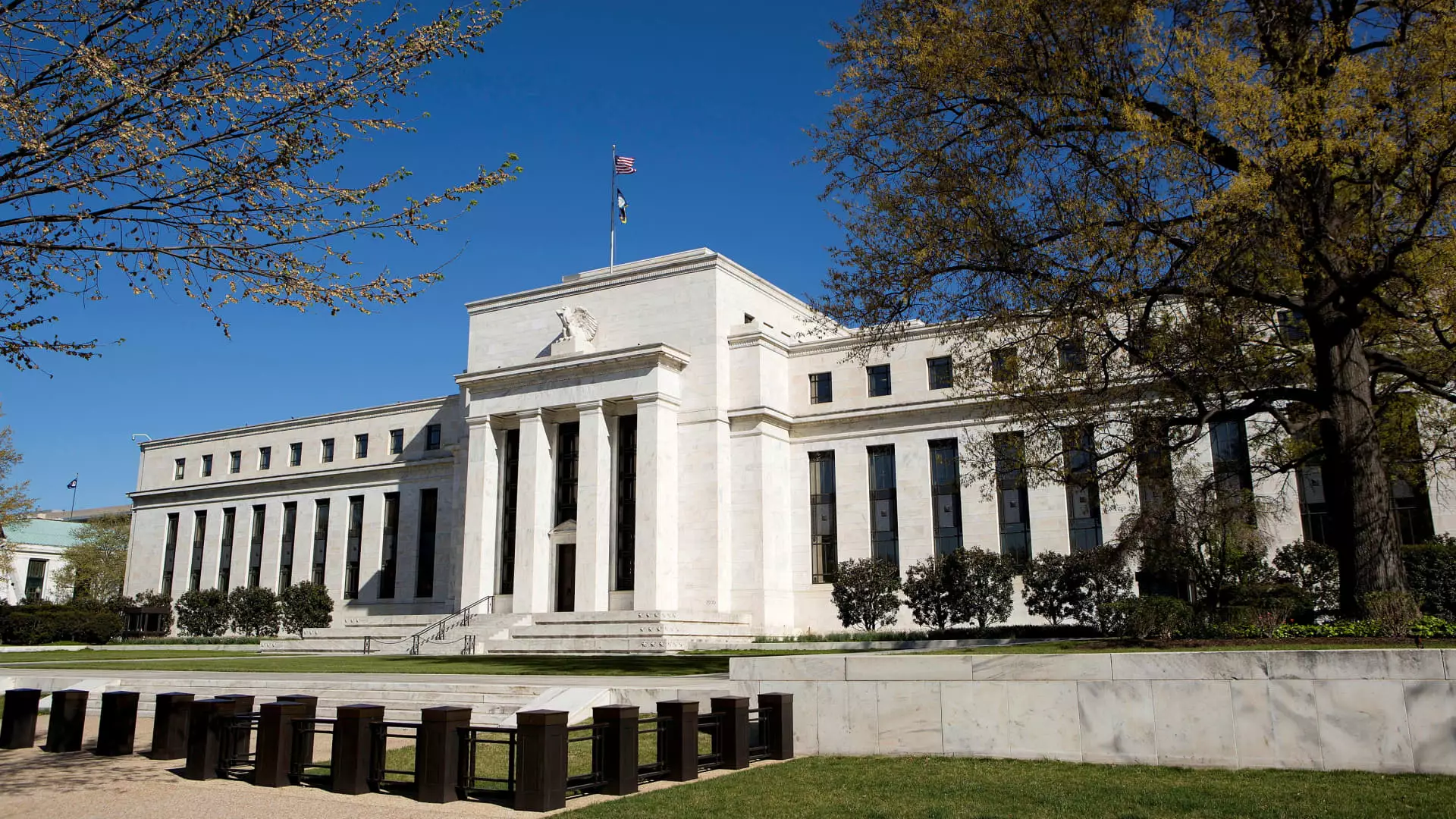In the wake of significant economic challenges and uncertainties, the Federal Reserve recently enacted a quarter-point reduction in its benchmark interest rate. This decision came shortly after President-elect Donald Trump secured a victory in the 2024 election, raising questions about the intertwining of political developments and monetary policy. The need for this rate cut has its roots in the prolonged episode of high inflation that left many Americans grappling with the rising costs of everyday expenses. Prior to Election Day, an air of unpredictability loomed over the economy, affecting consumer sentiment and financial stability.
Inflation, as measured by the personal consumption expenditures (PCE) index—the Fed’s preferred metric—has shown signs of easing, currently tracking at a modest 2.1% year-over-year increase. This trend likely played a crucial role in providing the Federal Reserve with the justification needed to modify its monetary policy by lowering interest rates. The quarter-point cut marks a continuation of the Fed’s strategy, which began with a more substantial rate decrease of 50 basis points in September. Such adjustments are significant as they determine the framework within which banks borrow overnight, consequently influencing consumer lending rates.
The implications of the Federal Reserve’s actions resonate across various financial products and consumer borrowing practices. A notable area affected by the national rate change is credit card interest rates. With the Fed’s recent rate hikes, the average credit card APR surged from 16.34% at the start of 2022 to over 20%, nearing historic highs. Although the latest rate cut is expected to nudge some of these rates downwards, the reality remains that many consumers will still face exorbitant borrowing costs. Financial analysts continue to recommend that consumers take proactive measures, such as seeking better rates or exploring balance transfer offers, as meaningful relief may take time to materialize.
Home financing, particularly mortgages, has also come under scrutiny. The recent rise in mortgage rates, driven in part by increasing Treasury yields, remains a contentious issue for prospective homeowners. Currently, rates for 30-year fixed mortgages hover around 6.81%, reflecting the complexities tied to both the Fed’s actions and broader economic conditions. While some speculate that continued rate cuts could eventually suppress mortgage rates, significant declines may be elusive, especially while investor uncertainty persists.
The automotive sector reflects the strain of increased borrowing costs as well. With average rates for five-year new car loans nearing 7%, financing a vehicle has become more challenging for many consumers. This affliction accentuates the discontent among voters, many of whom expressed their hopes for economic relief during the election. Although the Fed’s rate cuts may offer some respite by fostering competitive lending practices, the persistent rise in vehicle prices suggests that relief will not come swiftly or easily.
Politically, proposals such as capping credit card interest rates at 10% have emerged as viable solutions for addressing exorbitant borrowing costs. However, such policies would need to clear legislative hurdles, and discussions about their potential impacts on the banking sector highlight the complexities of policymaking in this sphere.
For educational borrowers, the recent rate cuts may yield minimal immediate benefits, mainly impacting private student loans linked to variable rates. Fixed federal student loans, on the other hand, will remain unchanged. As rates decrease, those with variable private loans might experience slight reductions in monthly payments. Nevertheless, refinancing options come with risks, such as relinquishing federal protections, showing the delicate balance between seeking lower rates and maintaining financial safety.
Conversely, savers have seen an upswing in yields on savings accounts and CDs throughout the Fed’s interest rate adjustments. Despite expected reductions in rates following the latest cut, many accounts continue to offer yields exceeding 5%, a significant leap from the previously prevailing rates. The recent trend indicates that even with potential decreases, depositors can still expect to maintain a favorable interest rate environment.
The Federal Reserve’s decision to cut interest rates undeniably reflects the complexities of navigating a fluctuating economic landscape. Although geared towards alleviating consumer burdens and fostering financial stability, the impacts of such decisions often lag, and their effects can be multifaceted, affecting everything from mortgages to credit card debt. As the financial landscape continues to evolve, consumers are urged to remain vigilant and proactive in their strategies to mitigate the impacts of borrowing costs and inflation, all while keeping an eye on the broader economic trajectory shaped by both the Federal Reserve and political developments. Understanding these dynamics is essential for navigating a post-election economy rooted in uncertainty and change.

